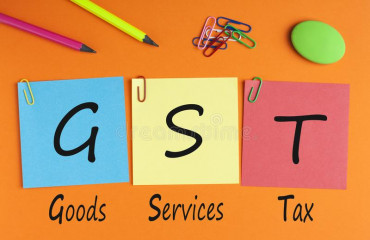
Are we looking at the Indian micro, small and medium enterprise (MSME) sector through the wrong lens? According to government data, there were over 63 million MSMEs in 2015, of which over 60 million were micro enterprises. Of these micro enterprises, though, how many would be ‘nano’ businesses?
Are we looking at the Indian micro, small and medium enterprise (MSME) sector through the wrong lens? According to government data, there were over 63 million MSMEs in 2015, of which over 60 million were micro enterprises. Of these micro enterprises, though, how many would be 'nano' businesses?
The Annual Survey of Unincorporated Sector Enterprises (ASUSE) for 2023 offers a contemporary indication. It puts the total number of unincorporated enterprises at 65 million, of which 55.3 million are 'own account enterprises' (OAEs) and 9.7 million are 'hired worker enterprises' (HWEs). The survey data indicates that 95% of Indian MSMEs are not incorporated.
The term 'business' means something very different to this cohort, and so improving their ease of doing business demands a dedicated approach. Unfortunately, policy biases and misconceptions seem to have resulted in this large group of entrepreneurs going underserved, perhaps even ignored.
So what characterizes nano businesses? According to the ASUSE survey, unincorporated enterprises are mostly sole proprietorships operating from their homes or from temporary work places. They work long hours and have marginal access to credit.
Also read: An action plan to ensure small businesses don't fall short of credit
Only 6.4% have audited accounts, but a little over 36% have registered themselves under some authority or Act; 7% have contributed to manufacturing and other services through contractual work. They employ as many as 110 million people and their outstanding loans average around ₹50,000.
Nano businesses represent a large chunk of India's employment base. They each employ an average of 1.5 to 2 people. They are largely informal, using cash transactions primarily, and are generally not registered on the goods and services tax (GST) portal.
Scant data has kept policymakers back from studying the challenges that hinder their livelihoods and make it difficult for them to scale up. Consider the local street chaat seller or vegetable vendor outside a suburban railway station. They are entrepreneurs. They work hard, probably harder than many of us, to make an honest living.
Unfortunately, not only do we lack data on them, we barely recognize them as a separate category of business for targeted policy intervention. Nano businesses should not be clubbed with other MSMEs in this broad category because they have very different needs and challenges.
Many studies have examined MSMEs, but none that we could find has specifically analysed nano enterprises over a sustained period to track changes in their business performance over loan cycles.
Estimates suggest that nano entrepreneur credit could add up to a sum as large as ₹3.25 trillion, making it the biggest potential credit segment within the larger MSME category, with demand estimated to be growing at a compounded rate of over 35% annually.
However, the supply of finance has not kept pace. Only a fraction have access to loans through formal sources, while a vast majority bootstrap their businesses through their savings or rely on financial support from family and friends.
Operating in the informal economy, most of these nano-entrepreneurs work with minimal paperwork, thin margins and even thinner hopes. Some of them depend for earnings on larger enterprises, with which they have little to no bargaining power.
Also read: Fintechs and NBFCs can solve credit issues for SMEs and MSMEs, says Vikas Singh of Sugmya Finance
As they do not maintain proper financial records, lenders find it challenging to assess their creditworthiness. Their inability to provide collateral for loans also acts as a major obstacle. All this is compounded by inadequate financial knowledge.
The new account aggregator network, plus the expected rollout of the Unified Lending Interface, which will collate data from various sources to allow assessments of creditworthiness, could conceivably be of help. But the need of the hour is for the government to classify nano businesses as a separate group for policy attention.
Their potential to drive inclusive growth remains untapped, and given sufficient credit and other support, they could be sources of innovation too.
We need a comprehensive cross-ministerial approach to nano businesses, with efforts ranging from financial inclusion and skill development to technology adoption and regulatory simplification.
Also read: Can Budget 2024 pave the way for easier MSME loans?
If the ministry of MSMEs and Department for Promotion of Industry and Internal Trade (under the commerce ministry) cannot coordinate such an agenda, then maybe it is time to create a separate ministry altogether.
